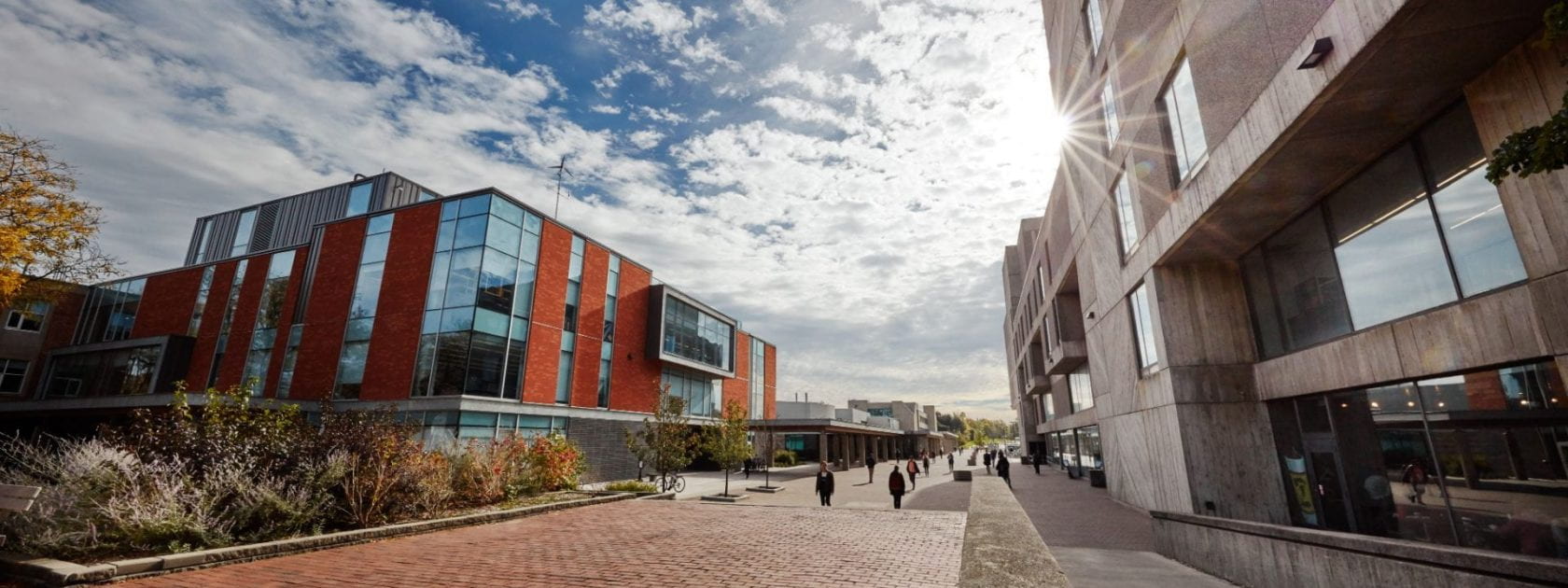
Building a healthy rural community
By Marilyn Sheen
Dr. Wayne Caldwell is a professor in the School of Environmental Design and Rural Development and has worked as a land use planner for years. He says that while significant effort goes into evaluating population and environmental health in urban areas, much less work focuses on improving health in rural communities.
Caldwell has many research projects on the go to combat this inequality, including the Healthy Rural and Small-Town Communities project, which was funded by Public Health Ontario and the Ontario Ministry of Agriculture, Food and Rural Affairs.
“The healthy rural and small-town communities project is really built with a sustainability lens.” Says Caldwell. “We’re looking at issues of how the built environment – like roads, buildings, streets, and natural protected areas – is administered in the context of helping to improve population health in rural communities.”
From Caldwell’s perspective, the notion of population health addresses a lot of different factors. His team looks at physical, social, and environmental health, as well as the economy, housing, and other variables.
Caldwell says there are different health determinant factors that need to be taken into consideration for rural communities, which are not as relevant when considering health in an urban setting. For example, in an urban context walkability and active transportation are much more pronounced compared to rural settings.
“Often rural community populations are less healthy than urban communities. People get in their car and drive to work every day; kids have hour-long bus rides every morning. There’s not a lot of walkability.” Says Caldwell. “In a lot of ways, health in a rural community means altogether something different.”
Another important consideration is localization – recycling dollars within the community helps build social cohesion and reduce the incidence of poverty. The project also focused on variables such as housing, education, and aging populations.
Caldwell aims to make evidence-based decisions to collect best practises that can help municipalities and communities make better long-term decisions.
His team developed a toolkit for communities to use to improve health outcomes from several different facets and includes thirteen different areas of focus – areas that are critical to community health – and ten different action items – things that policy makers and members of the communities can do to initiate immediate change.
This toolkit can be found at https://planh.ca/resources/links/healthy-rural-communities-toolkit-guide-rural-communities, along with video interviews with medical officers, rural planners, and members of the public that capture the success stories of communities who have worked with the toolkit.
Caldwell says that like One Health, rural planning is inherently multidisciplinary.
“One Health speaks to the importance of tackling problems with all of the disciplines and professions that need to be integrated. It’s not that one researcher can necessarily do all of that all at once, but there’s an awareness that flows out of that that speaks to engaging others.”
He also believes that One Health and rural planning projects like Healthy Rural and Small-Town Communities project, shed light on the importance of sustainable solutions and community.



